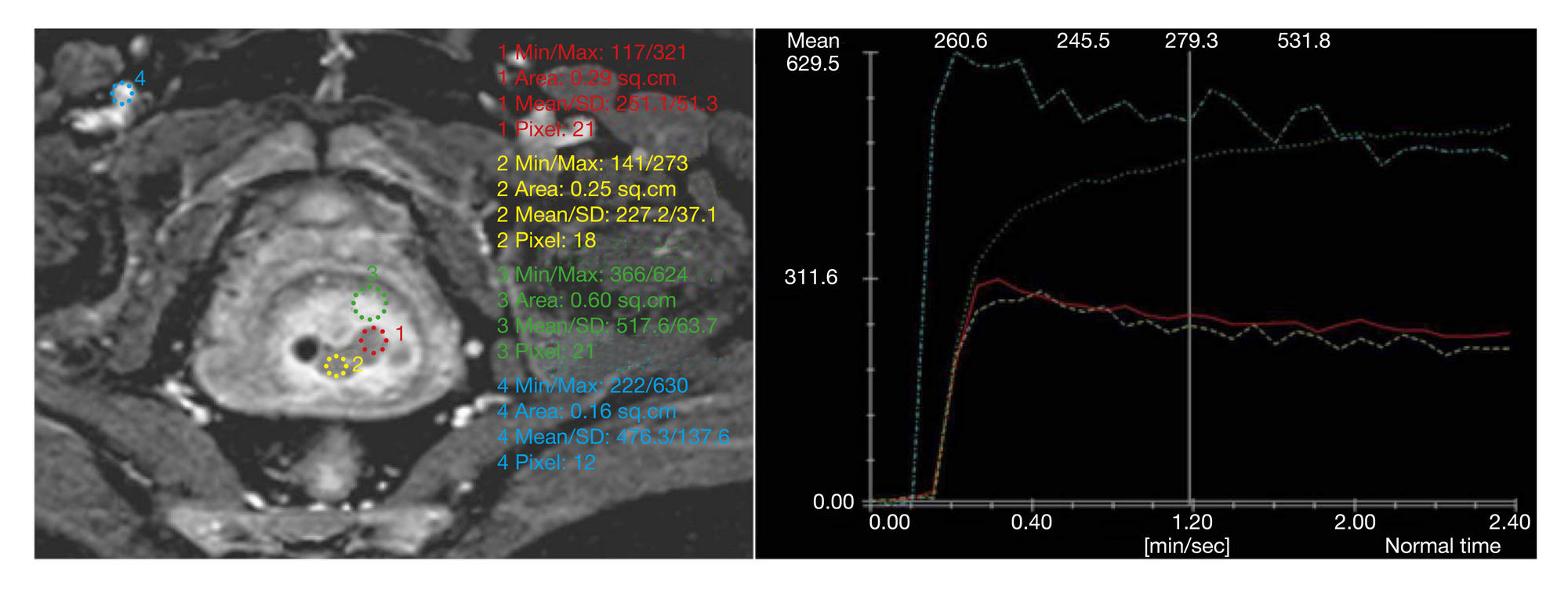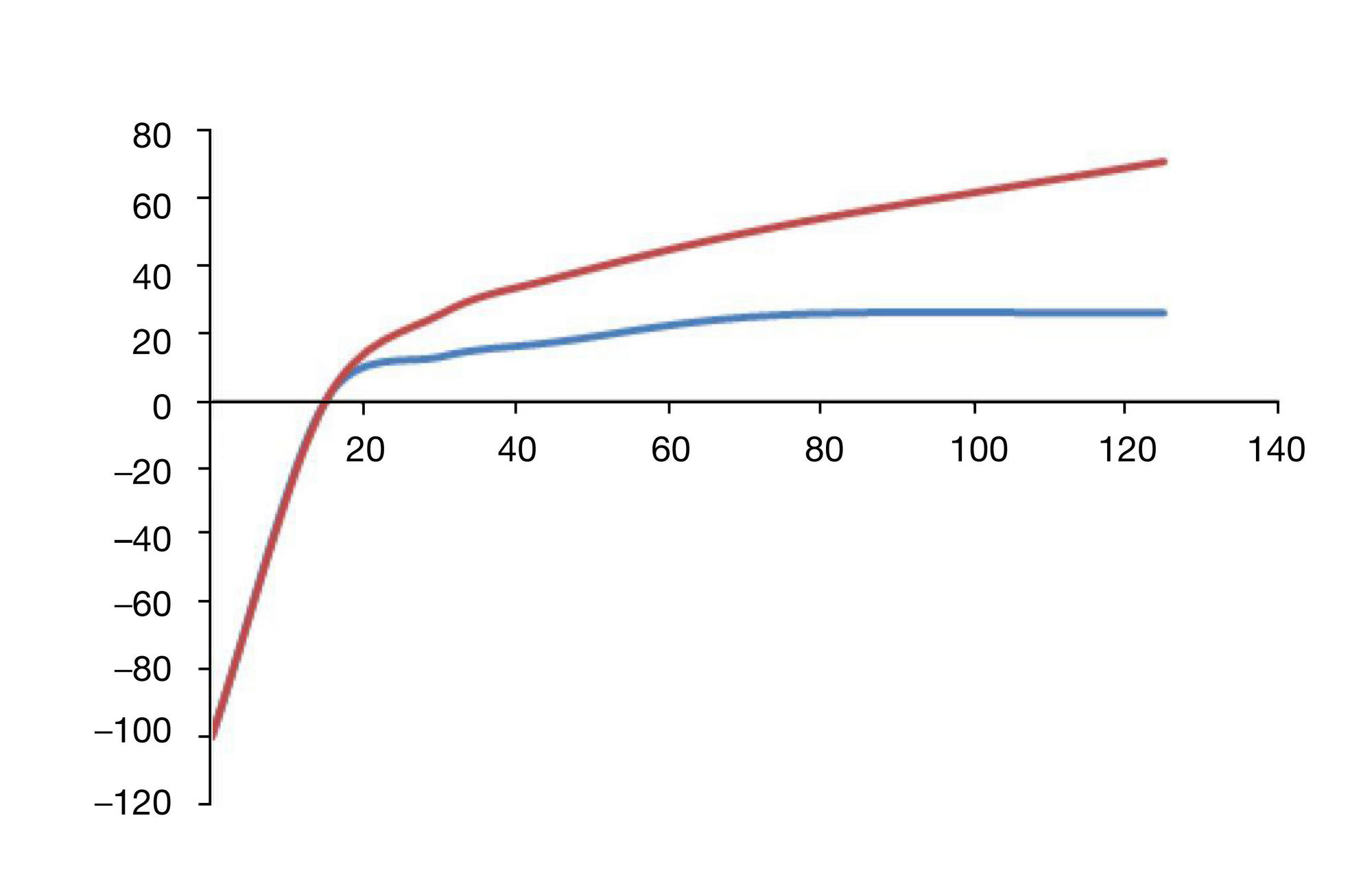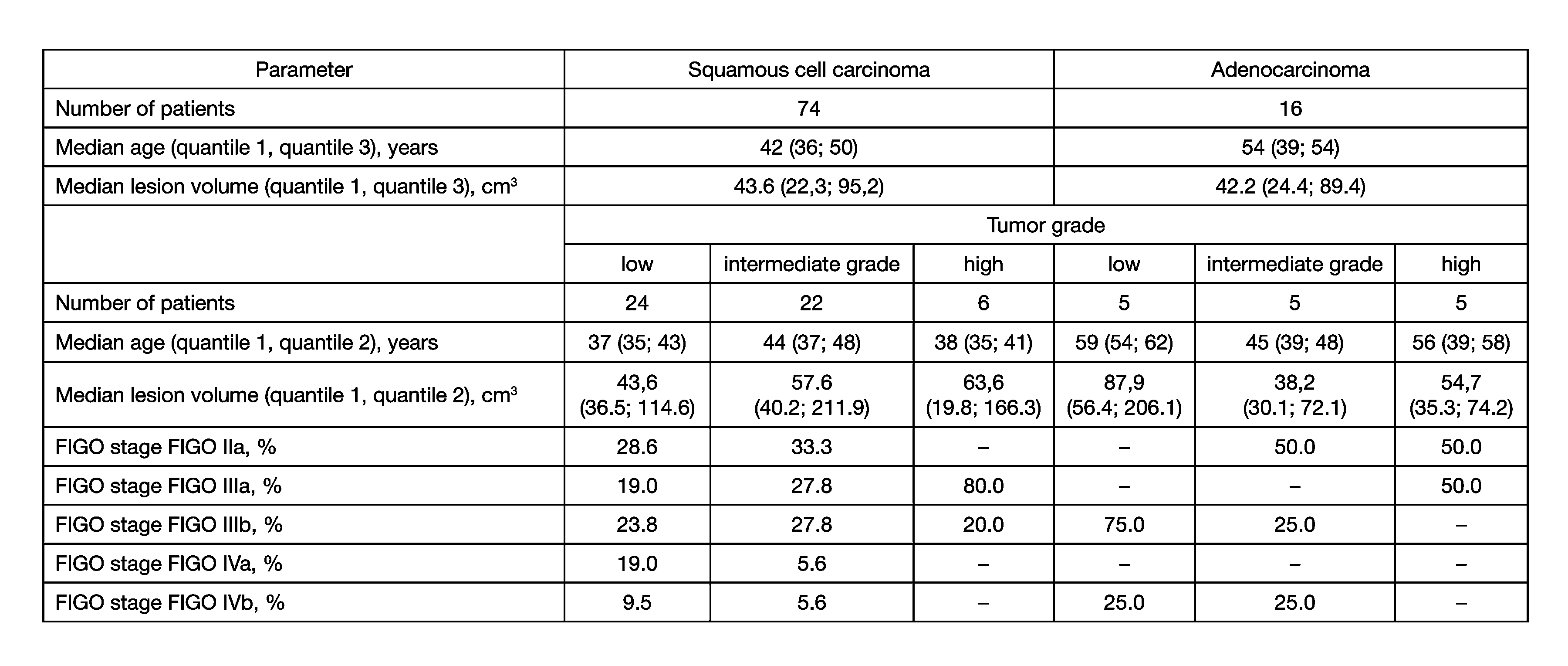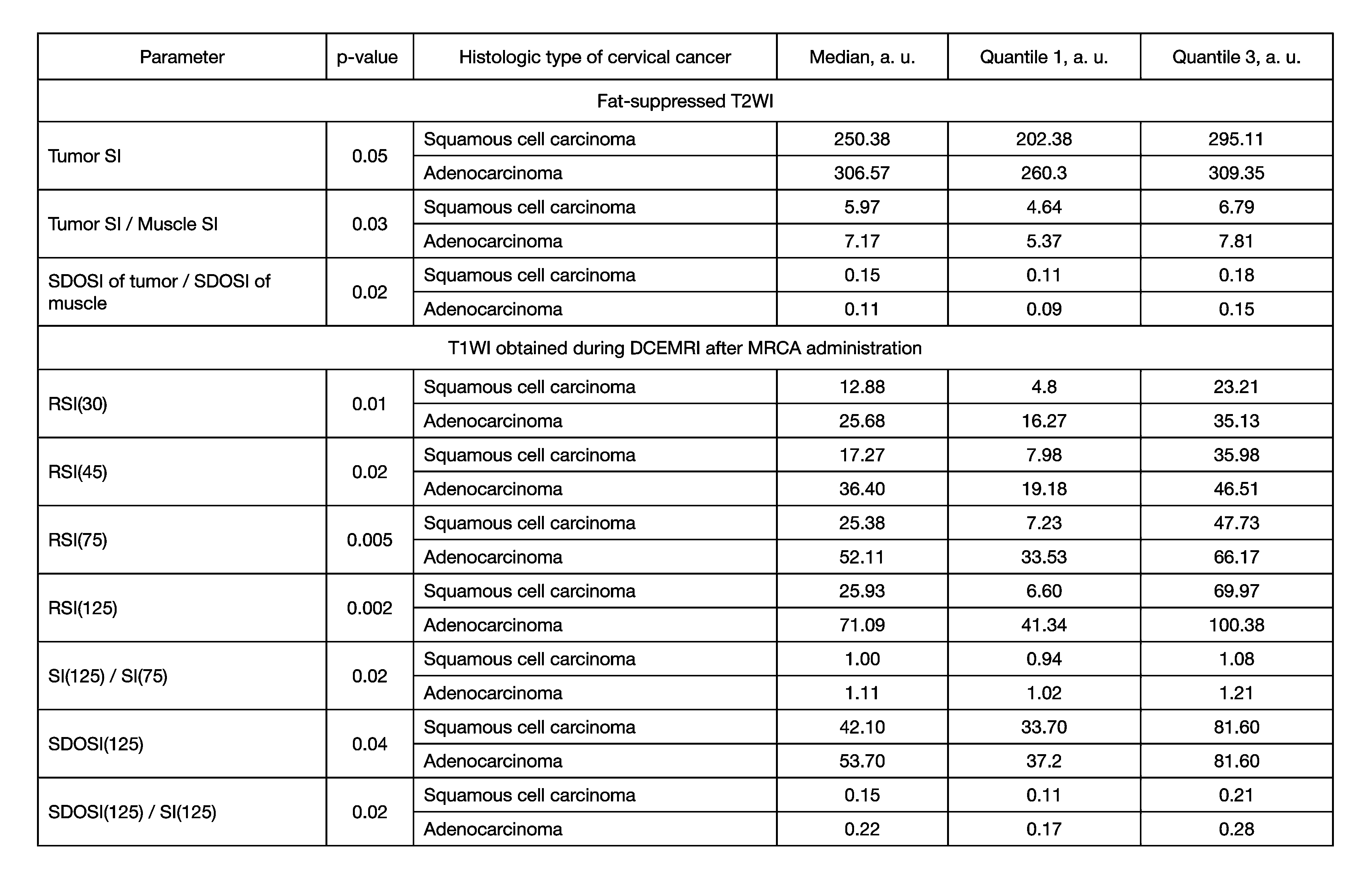
ISSN Print 2500–1094
ISSN Online 2542–1204
Bulletin of RSMU
BIOMEDICAL JOURNAL OF PIROGOV UNIVERSITY (MOSCOW, RUSSIA)

1 Department of Roentgenology and Radiology,
Russian Medical Academy of Postgraduate Education, Moscow, Russia
2 N. N. Blokhin Russian Cancer Research Center, Moscow, Russia
3 P. V. Sergeev Molecular Pharmacology and Radiobiology Department, Biomedical Faculty,
Pirogov Russian National Research Medical University, Moscow, Russia
Correspondence should be addressed: Elena Tarachkova
ul. Barrikadnaya, d. 2/1, str. 1, Moscow, Russia, 123995; ur.xednay@dikrotcod




